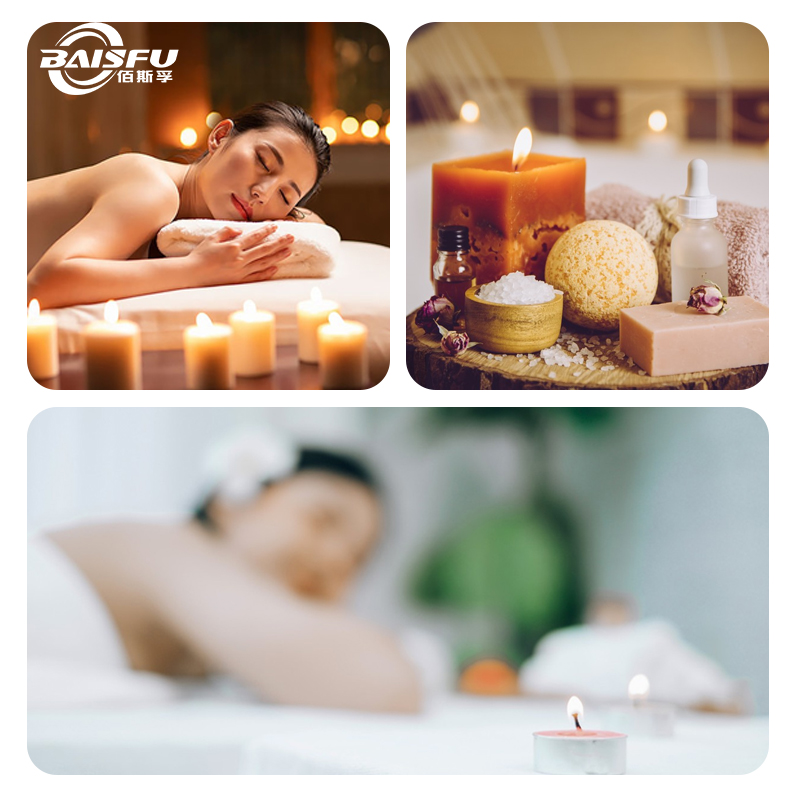Perfume: A symphony of liquid poetry and sensory science

1. The scientific core of perfume: the art of volatility
1. The pyramid of fragrance levels: the “smell score” of time
Perfume constructs a hierarchical narrative through volatility differences:
Top Notes: 5-15 minutes of flash, containing low molecular weight substances such as citrus (limonene) and herbs (linalool);
Heart Notes: lasting 2-4 hours, with floral (rose alcohol) and fruity (γ-undecalactone) as the core;
Base Notes: 6 hours+, relying on macromolecules such as sandalwood (santalol) and musk (cyclopentadecalactone).
2. Olfactory receptors: “biochips” that decode odors
Humans’ 400 olfactory receptors can recognize trillions of odor combinations:
Rose: phenylethanol activates the OR5AN1 receptor, triggering pleasant memories;
Patchouli: Patchouli alcohol combines with OR10G4 to trigger meditation associations;
Synthetic musk: Galax musk simulates the OR5D18 signal to convey clean hints.
2. Application scenarios of perfume: “polyhedron” beyond smell
1. Personal identity: “social currency” of smell
Workplace authority: woody notes (cedar, vetiver) convey a sense of calmness and credibility;
Dating attraction: pheromone perfume (containing steroid derivatives) increases the attention of the opposite sex by 15% (“Nature” research);
Cultural symbols: Middle Eastern ebony perfume symbolizes status, and Japanese “forest perfume” echoes natural aesthetics.
2. Emotional intervention: the “olfactory prescription” of neuroscience
Anti-anxiety: Lavender + orange blossom essential oil reduces cortisol by 23% (Frontiers in Psychology);
Concentration: 1,8-cineole in rosemary improves memory test scores by 8%;
Sleep aid: Valerian essential oil extends deep sleep cycle by 12%.
3. Spatial narrative: the “invisible architect” of the environment
Commercial space: The hotel lobby uses white tea fragrance to enhance the “high-end feeling”, and the bookstore uses cedar fragrance to extend the stay time;
Medical scene: The delivery room uses jasmine fragrance to relieve labor pain (pain score reduced by 1.5 points, VAS scale);
Transportation: Rolls-Royce customized car fragrance system, bamboo fragrance + leather tone strengthens the “British elegance” brand gene.
4. Art and Collection: Liquid “Micro Museum”
Antique Perfume: Guerlain’s “Blue Time” in 1910 was auctioned for over $30,000, becoming an olfactory cultural heritage;
Concept Perfume: “Blood and Roses” uses iron ions to simulate the smell of blood, challenging the boundaries of traditional aesthetics;
Customized Perfume: DNA testing matches OR6A2 receptor preferences to generate “gene-matched” scents.

